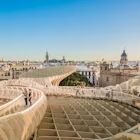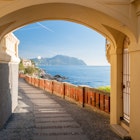

Spain has been taking strides to put sustainability at the forefront of its long-established tourism industry. Here, Miguel Angel and his brother Jesus ride their horses near the famed windmills of Castilla-La Mancha ©Blake Horn for Lonely Planet
Sun-dappled coastlines, soulful creative arts, famously terrific gastronomy – welcome to one of the globe’s most-loved travel destinations, now also an emerging leader in developing sustainable tourism.
In recent years, Spain has been taking important strides to put sustainability at the forefront of its long-established tourism industry, which pulled in more than 85 million visitors in 2023. This Mediterranean-hugging beauty has been working hard to spread tourism well beyond high season for years, encouraging off-season travel while also highlighting lesser-known regions and pushing forward a wealth of sustainability-driven projects.
Destinations all over Spain are now striving to achieve more balanced tourism models, such as the Balearic Islands, which have introduced a wave of circular tourism initiatives. Several Spanish cities have also outlined plans to achieve climate neutrality by 2030, including Madrid, Valladolid, Vitoria-Gasteiz, Zaragoza and Valencia, which was crowned European Green Capital for 2024.
In other news, flight-free transport across Spain is booming, from electric urban buses to brand-new train routes; creative and adventure projects are helping to revitalize rural regions; more and more travelers are choosing to sidestep the high season; and single-use plastics (such as straws, cutlery and cups) have been banned in Spain since 2023 as part of EU-wide regulations. And the Canary Islands are investing massively in water power and wind farms, with wind power growing by almost 140 percent in recent years. No surprise then that Lonely Planet named Spain one of our 2024 Best In Travel destinations for sustainability.


Flight-free travel
Spain has one of the largest high-speed rail networks in the world, with reliable, locally popular trains whizzing across most of the country in just a few hours. Getting from, say, Barcelona or Málaga to Madrid in under three hours is a breeze, though there are also plenty of more leisurely routes where soaking up the scenery at a slower pace is half the fun. These days, train travel across Spain is a joy as you watch the landscapes morph from endless olive groves into quiet sprawling plains before glimpsing jagged peaks in the distance from the comfort of your seat. Book ahead to secure your desired route and bag the best prices.
The national electric-powered rail operator Renfe (which runs the incredibly on-time high-speed AVE trains) now shares space with other low-cost rail companies such as Ouigo and Iryo, which means prices and route options are kept refreshingly accessible. Over the last few years, a wave of fresh itineraries has opened up rail travel even more, benefitting both local communities and travelers. New AVE services now run to/from Murcia on the east coast, between Madrid and Oviedo (Asturias) since 2023 and also between Madrid and various cities in Galicia.
And for anyone traveling to the beautiful, beachy Balearic Islands off Spain’s east coast, a fleet of convenient ferries connects mainland ports like Barcelona, Valencia and Dénia with Palma de Mallorca, Ibiza and beyond.


Low-impact explorations
Heading out hiking is one of the most rewarding and low-impact activities you can enjoy in Spain. Not only will exploring on foot take you to often-overlooked rural areas, but it also inevitably leads you off the beaten track – whether you’re walking through the mountainous wilds of the Spanish Pyrenees in Catalonia’s lake-dotted Parc Nacional d’Aigüestortes i Estany de Sant Maurici or weaving between remote villages in the rugged Alpujarras near Granada.
Even those walking the famed Camino de Santiago all the way to Galicia can swap the classic-but-busy Camino Francés for lesser-known routes such as the Camino del Norte (which tracks across Spain’s green north) or the wonderfully rewarding Camino Primitivo from Oviedo (said to be the original Camino).
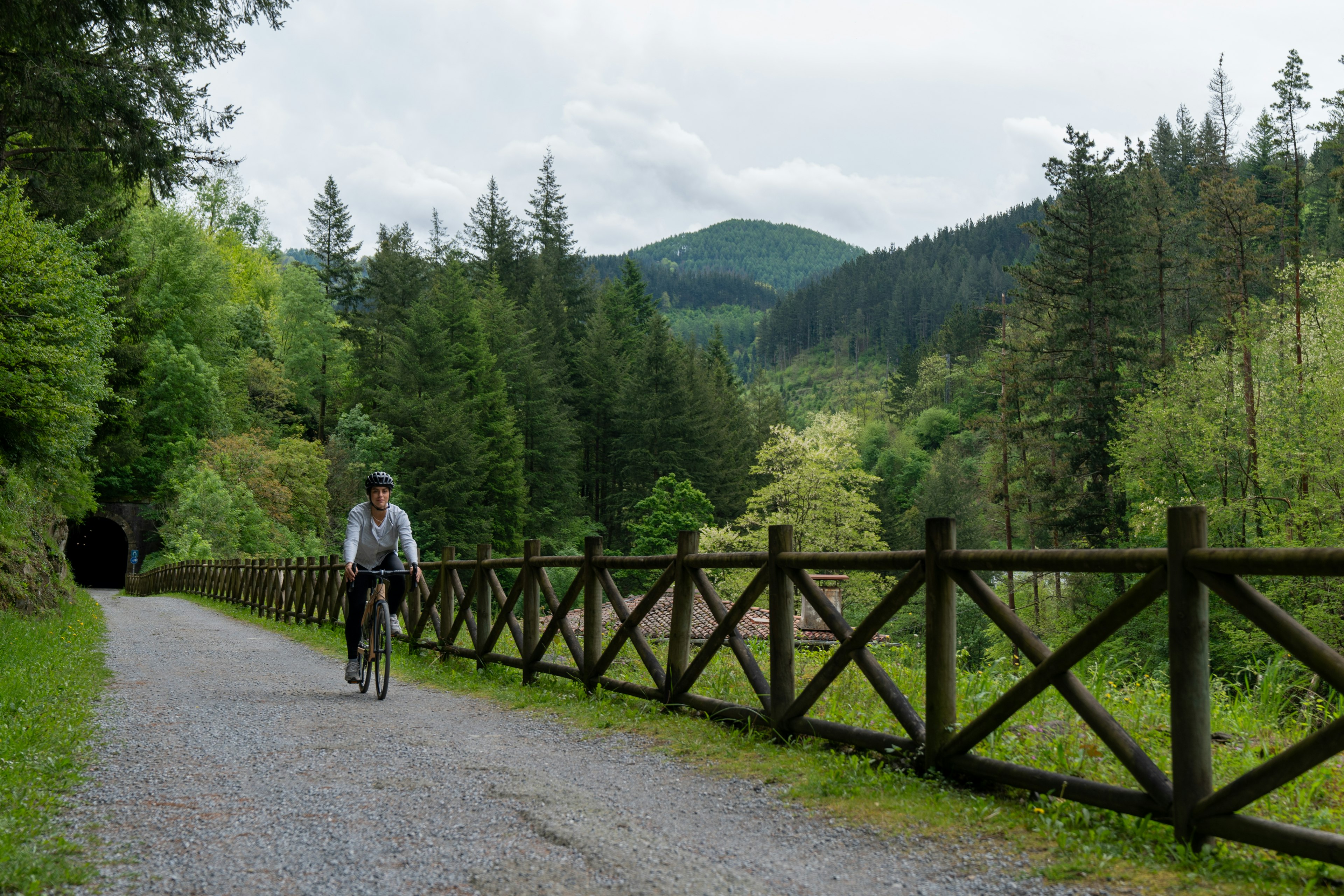
Cycling in Spain is hugely popular too, from gentle routes along the celebrated Vías Verdes – disused train lines that have ingeniously been reimagined as cycling, walking and horse riding routes – to epic mountain-biking adventures for experienced riders. Many of Spain’s most-loved cities have also thoroughly embraced cycling culture, with ever-expanding networks of bike lanes and other handy resources.
Some bike-share programs are designed mostly for residents (rather than visitors), but local bike-hire operators abound. Best-known for urban adventures on two wheels is sunny Valencia, where cycling among the lush greenery of the former Túria riverbed – now transformed into the Jardín del Túria park – ranks among the city’s favorite pastimes.
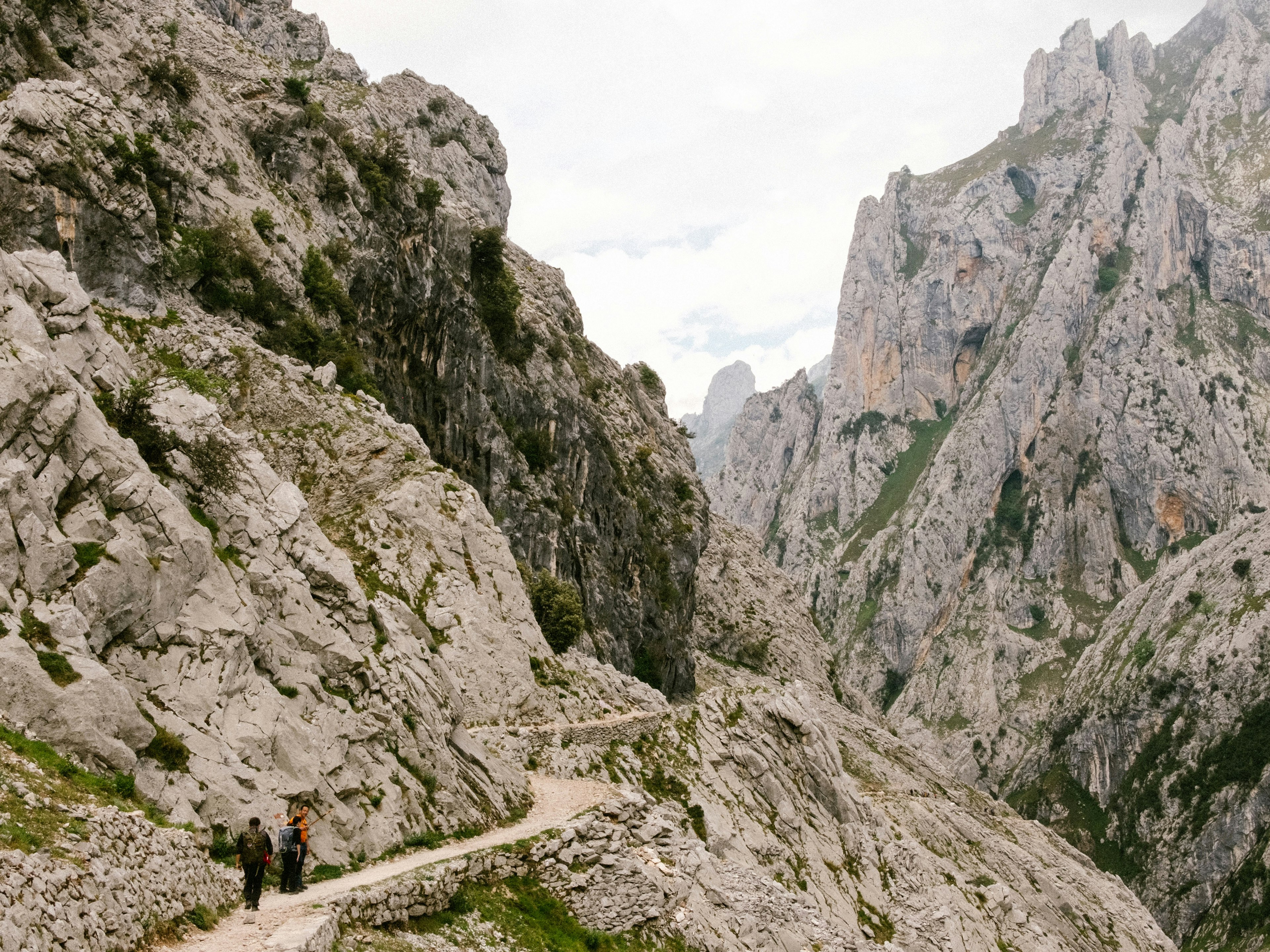

Protected spaces
Much of Spain remains wild, natural and undeveloped, home to a richly varied collection of officially protected landscapes that burst with outdoor adventures. Spain was a European pioneer in creating its first national parks all the way back in 1918 when Aragón’s Parque Nacional de Ordesa y Monte Perdido and the Parque Nacional de la Montaña de Covadonga (the predecessor to the northern Parque Nacional Picos de Europa) were both established. Now there are more than 1,600 officially protected natural spaces spread across the country, including 16 beloved parques nacionales (national parks) and more than 150 parques naturales (natural parks).
Spain’s conservation efforts are importantly benefitting local wildlife too. Take the threatened quebrantahuesos (bearded vulture), which has seen such an astonishing recovery in recent years that you might now glimpse it soaring high above the Pyrenees. Then there’s the Iberian lynx, which over the last couple of decades has been almost miraculously brought back from the brink of extinction in Andalucía. With luck, lynx can occasionally be spotted again in the magical Parque Nacional de Doñana on the Huelva-Cádiz border or in Jaén’s remote Parque Natural Sierra de Andújar.
Food and drink in Spain is rooted in fresh, seasonal and often organic produce. Like these tapas and beer in Madrid. Blake Horn for Lonely Planet
Fabulous food (and wine)
It’s no secret that Spain is one of the world’s culinary capitals, from ever-growing numbers of cutting-edge Michelin-star restaurants to laid-back kitchens serving beloved regional recipes that have been cooked locally for centuries. Many of the country’s top restaurants are rooted in fresh, seasonal and often organic produce. As of 2024, Spain has 49 Green Michelin Stars, which are awarded to gastronomic ventures putting sustainability front and center. Alternatively, seek out restaurants that follow a Slow Food ethos, especially in Catalonia, where the movement is particularly lively and takes in several superb Barcelona kitchens.
Wherever you go in Spain, all things food often start with the local market, whether it’s a buzzy neighborhood mercado or a pop-up farmers market drawing producers from surrounding towns. Even in the most popular cities (like Barcelona and Madrid), a visit to the market is almost guaranteed to offer a glimpse into neighborhood life while also introducing you to all kinds of seasonal specialties and flavors. And in Spain’s booming world of wines, many vineyards are now turning to organic and biodynamic growing and reviving traditional regional grapes that exist only here.
On your Spanish food adventures, don’t miss the chance to meet some of the country’s famed small-scale producers. These gastronomic businesses are often family operations going back centuries, so while tasting that sliver of tangy cheese or wafer-thin slice of jamón, you’re also directly supporting the local community. Many Spanish queserías (cheese farms), for example, now offer tours, tastings and even expert-led classes for visitors to learn the craft themselves.


Green stays
Restored ancient castles, peaceful self-sufficient farmhouses, stylishly converted mansions – this is just a taste of Spain’s blossoming responsible accommodation scene, which often involves sensitively reviving evocative ancient buildings. Today a growing number of properties all over the country are working hard to become more sustainable on both an environmental and social level, including Spain’s state-run Paradores chain. Specializing in bringing new life to beautiful historical buildings (along with a few bold contemporary creations), Paradores has been leading the way in green accommodation, with all of its accommodations running exclusively on renewable energy since 2018.
But there’s also a dazzling choice of inspiring independent places to stay with a responsible ethos across Spain, whether you’re looking for a low-key family-owned guesthouse driving rural tourism, a bioclimatic design property by the sea or a stylish agroturismo built from a centuries-old finca. Seek out accommodation that revolves around positive-impact initiatives like on-site gardens for restaurant ingredients, ensuring all amenities are plastic-free, connecting guests with surrounding communities and employing local staff.


Loving low season
There’s never been a better time to savor Spain in all its off-season beauty. Skipping the peak tourism months and exploring during shoulder or even low season means you’ll automatically be sidestepping most of the summer crowds (and prices). Winter months like January and February can be richly rewarding for quieter city breaks that still involve seaside lunches in the sun (just ask anyone living in Barcelona or Valencia!), while spring is ideal for hiking and other outdoor pursuits, with wildflowers blooming all over the Spanish countryside. Autumn beach breaks are blossoming, too, with enjoyable swimming in the Mediterranean perfectly possible in September and October (sometimes even later in the year).
On the flip side, more and more businesses are now staying open throughout the traditional low (winter) season, and off-season transport connections are being constantly improved.

Cultural riches
Home to one of the world’s highest numbers of UNESCO-recognized tangible and intangible assets, Spain is a leader in cultural preservation efforts. Remarkable Roman ruins, Islamic-era castles, medieval cities and Modernista mansions are just a few of the architectural treasures that jostle for attention as you travel across the country. Some of Europe’s finest museums and galleries, meanwhile, await discovery in culture-loving places like Bilbao, Barcelona, Madrid, Málaga and Mallorca.
Over on the cultural stage, flamenco – awarded Intangible Cultural Heritage of Humanity status by UNESCO back in 2010 – ranks among Spain’s most renowned performance arts. This feisty fusion of dance, song and guitar is best experienced in its Andalucian heartland and birthplace, around Cádiz, Jerez and Seville, though there are also great flamenco scenes in Granada, Madrid, Barcelona and beyond.

And wherever you go across Spain, there’s a strong, proud heritage of regional artisanal crafts – basketry, ceramics, needlework, shoe-making. Picking up pieces directly from local artisans or independent shops showcasing their work is a great way to support these ancient crafts, many of which date back centuries. Some contemporary artisans are now putting their own spin on things with fresh designs, while an ever-growing number of creative classes and workshops gets you behind the scenes with the experts themselves to learn the secrets of these distinctively Spanish arts.
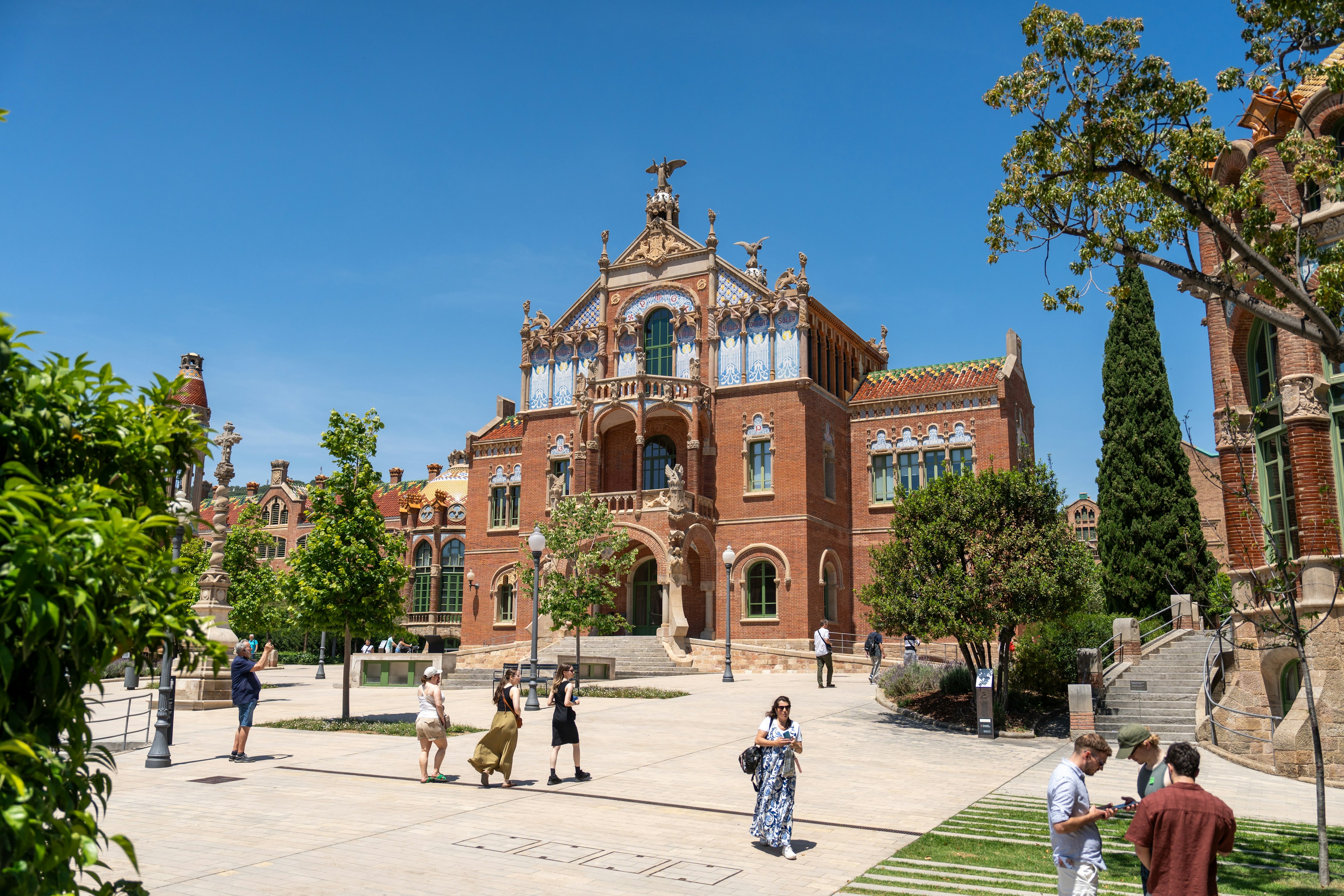
Access for everyone
In recent years, most Spanish destinations have been making huge efforts to improve accessibility, especially in the worlds of travel, tourism and hospitality. Many local tourist boards now offer wheelchair-accessible guided tours or adapted itineraries for travelers with disabilities. Almost all of Spain’s 15 UNESCO-designated cities have created accessible routes for travelers to explore their historic centers, from riverside Córdoba (with its splendid Islamic architecture) to lovely Cáceres (home to one of the country’s most mesmerizing old towns).
Major monuments are also upping their game with all kinds of accessible experiences, including Madrid’s marvelous Museo del Prado and several unmissable Gaudí buildings in Barcelona, such as Casa Batlló. Tactile experiences, descriptive tours and sensory activities are all part of the package.
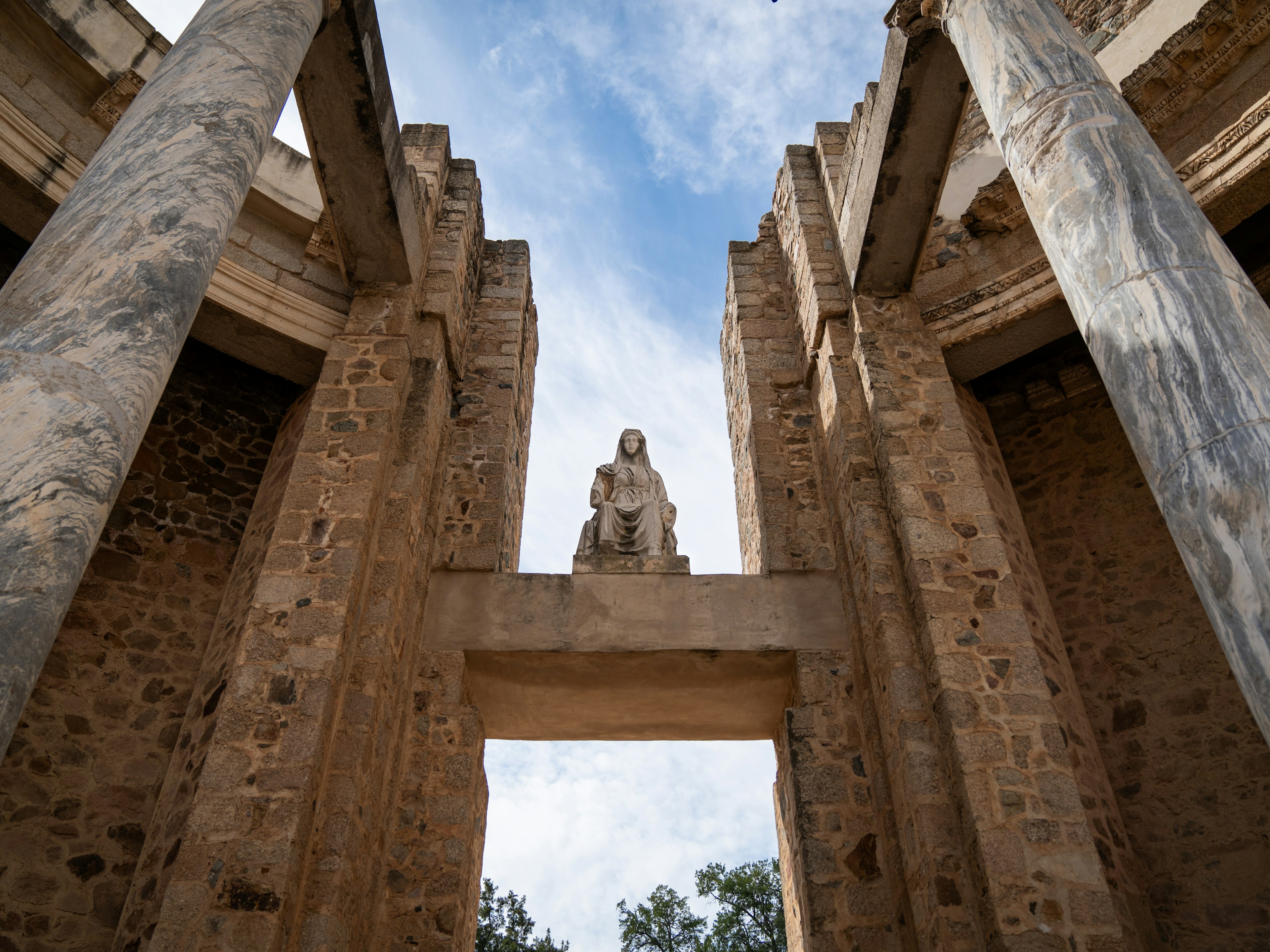

Exploring off the beaten track
Anyone who loves Spain has their own favorite offbeat pocket of the country, whether it’s a hidden velvety beach on the Costa de la Luz or a wonderfully green wind-lashed cape on the Bay of Biscay. Stepping beyond the big sights and top tourism destinations is your ticket to Spain’s richly diverse soul, so devoting a trip entirely to a lesser-known region or perhaps combining a popular city with a deep dive into quieter surrounding areas always feels immensely rewarding.
Among our top under-the-radar picks is Extremadura, hugging the Portuguese border, which remains little-known among international visitors despite its stash of cultural, culinary and natural wonders. Enamored Spaniards rave about the region’s exquisite jamón, scattered timeworn villages, remote cherry-filled valleys and dynamic inland cities, which include some of Spain’s finest Roman ruins in the regional capital Mérida.
Sponsored by Turespaña
As a travel entertainment and inspirational media outlet, we sometimes incorporate brand sponsors into our efforts. This activity is clearly labeled across our platforms.
This story was crafted collaboratively between Turespaña and Lonely Planet. Both parties provided research and curated content to produce this story. We disclose when information isn’t ours.
With sponsored content, both Lonely Planet and our brand partners have specific responsibilities:
Brand partner
Determines the concept, provides briefing, research material, and may provide feedback.
Lonely Planet
We provide expertise, firsthand insights, and verify with third-party sources when needed.
Explore related stories



 Destination PracticalitiesFind your way around Seville with our top transportation tips
Destination PracticalitiesFind your way around Seville with our top transportation tipsAug 29, 2024 • 7 min read


